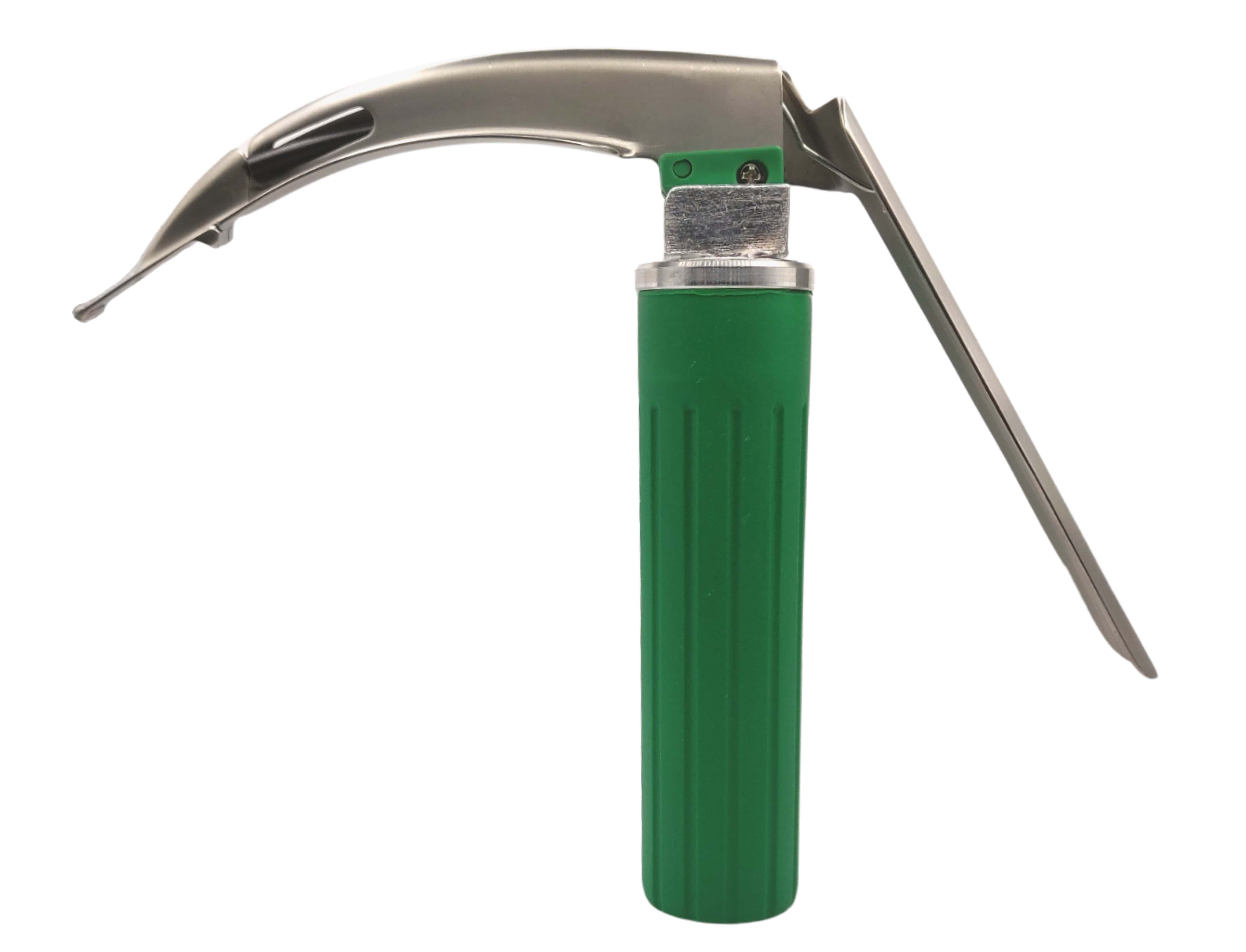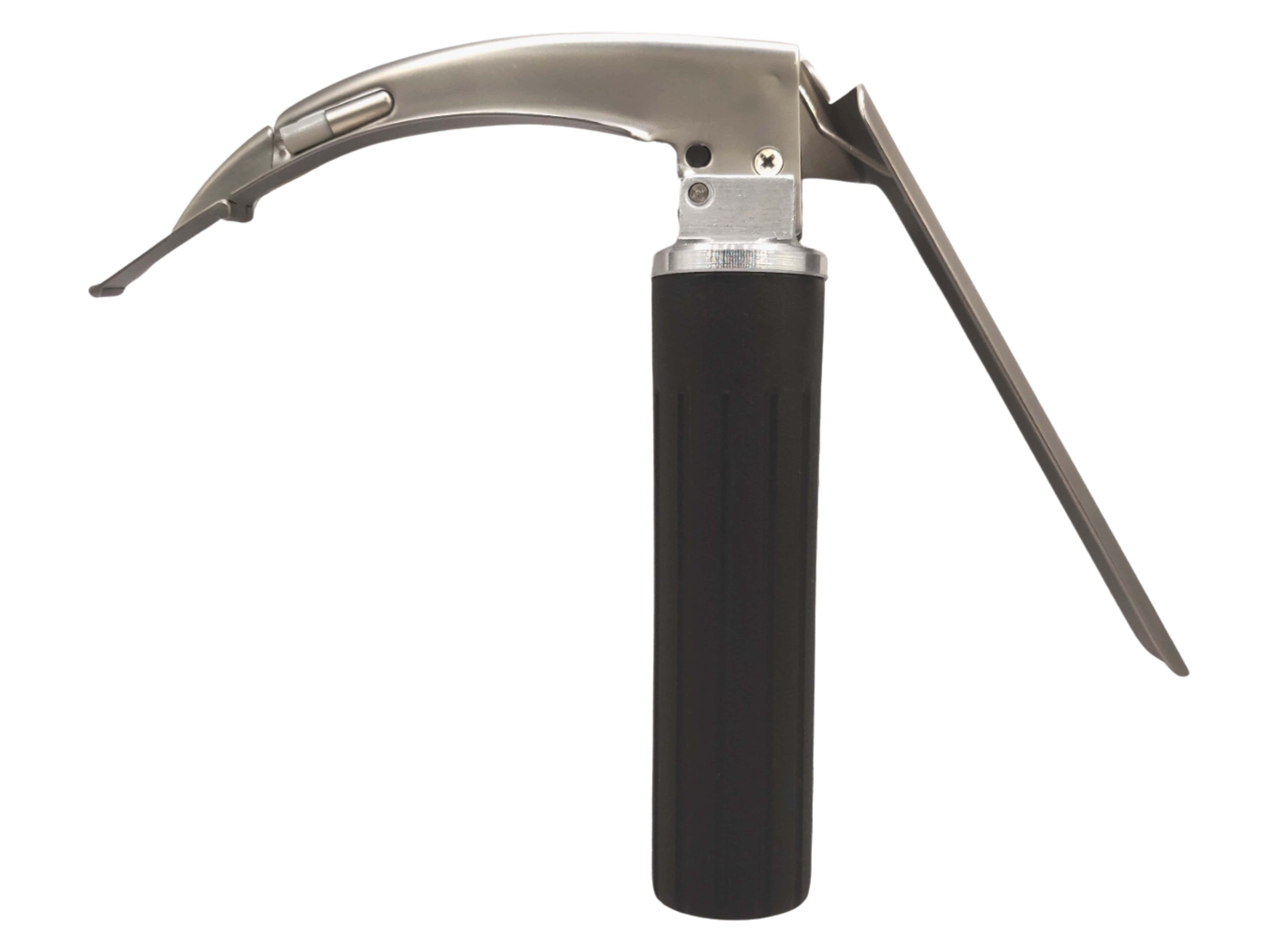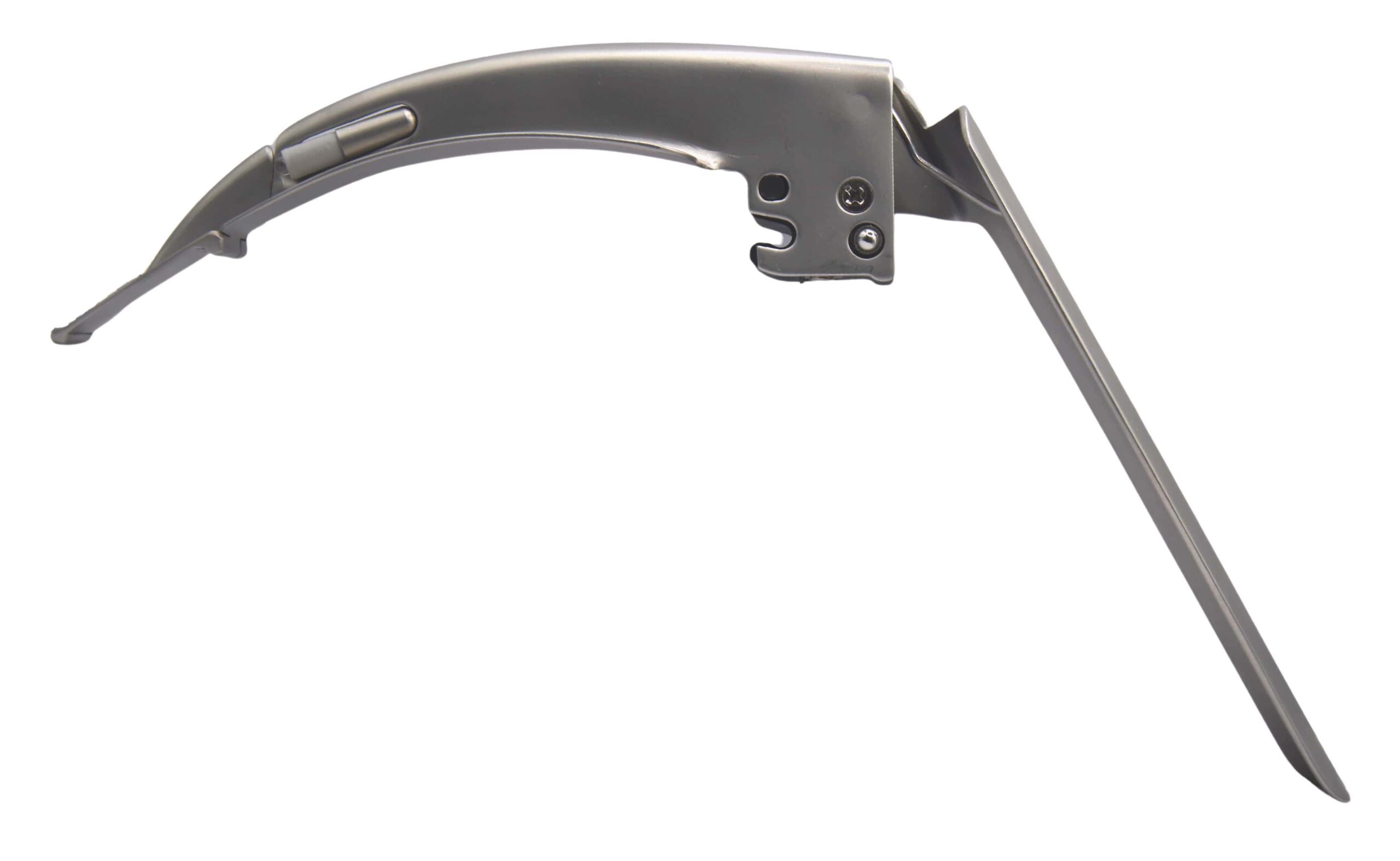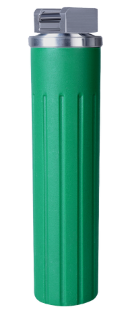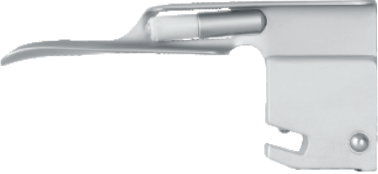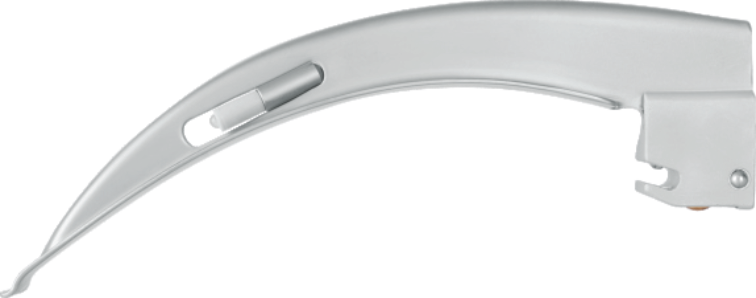Our Products
Select laryngoscope
Product Line:
Combination:
Blade Type:
Lighting Type:
Single Use Laryngoscopes
Single use laryngoscopes are devices that are used to aid the intubation of the trachea, and are disposed of after one use.
They offer several advantages over reusable laryngoscopes, such as reducing the risk of cross-contamination, eliminating the need for reprocessing, and providing consistent performance and quality.
Why Choose Single Use Laryngoscopes?
Intubation is a critical procedure that requires reliable and effective tools. Laryngoscopes are devices that are used to visualize the larynx and facilitate the insertion of a tube into the trachea.
However, not all laryngoscopes are created equal. There are two main types of laryngoscopes: reusable and single use.
Reusable laryngoscopes are made of metal or plastic, and are designed to be used multiple times on different patients. They require cleaning, disinfection, and sterilization after each use, which can be time-consuming, costly, and prone to errors.
Reusable laryngoscopes can also degrade over time, resulting in reduced light quality, blade strength, and battery life.
Single use laryngoscopes are made of disposable materials, and are designed to be used once on a single patient. They are pre-packaged, sterile, and ready to use.
They eliminate the risk of cross-contamination, the hassle of reprocessing, and the variability of performance and quality. Disposable laryngoscopes also offer a range of blade styles and sizes, including hyperangulated and direct blades, to suit different patient anatomies and clinical scenarios.
Benefits of Single Use Laryngoscopes
Single use laryngoscopes offer many benefits for both patients and clinicians, such as:
Patient safety: It reduces the risk of transmitting infections and diseases between patients, as they are disposed of after one use.
They also provide optimal visualization of the larynx and minimize the lift force on the patient’s tissues, which can reduce the incidence of complications and injuries.
Clinical efficiency: Single use laryngoscopes are convenient and easy to use, as they are pre-packaged, sterile, and ready to use. They do not require any cleaning, disinfection, or sterilization, which can save time and resources.
They also ensure consistent performance and quality, as they do not degrade over time.
Environmental impact: It is made of recyclable materials, and can be disposed of in an environmentally friendly manner. They also reduce the amount of water, energy, and chemicals used for reprocessing reusable laryngoscopes, which can have a positive impact on the environment.
Conclusion:
Single use laryngoscopes are devices that are used to aid the intubation of the trachea, and are disposed of after one use.
They offer several advantages over reusable laryngoscopes, such as reducing the risk of cross-contamination, eliminating the need for reprocessing, and providing consistent performance and quality.
Laryngoscopes also offer a range of blade styles and sizes, including hyperangulated and direct blades, to suit different patient anatomies and clinical scenarios.

